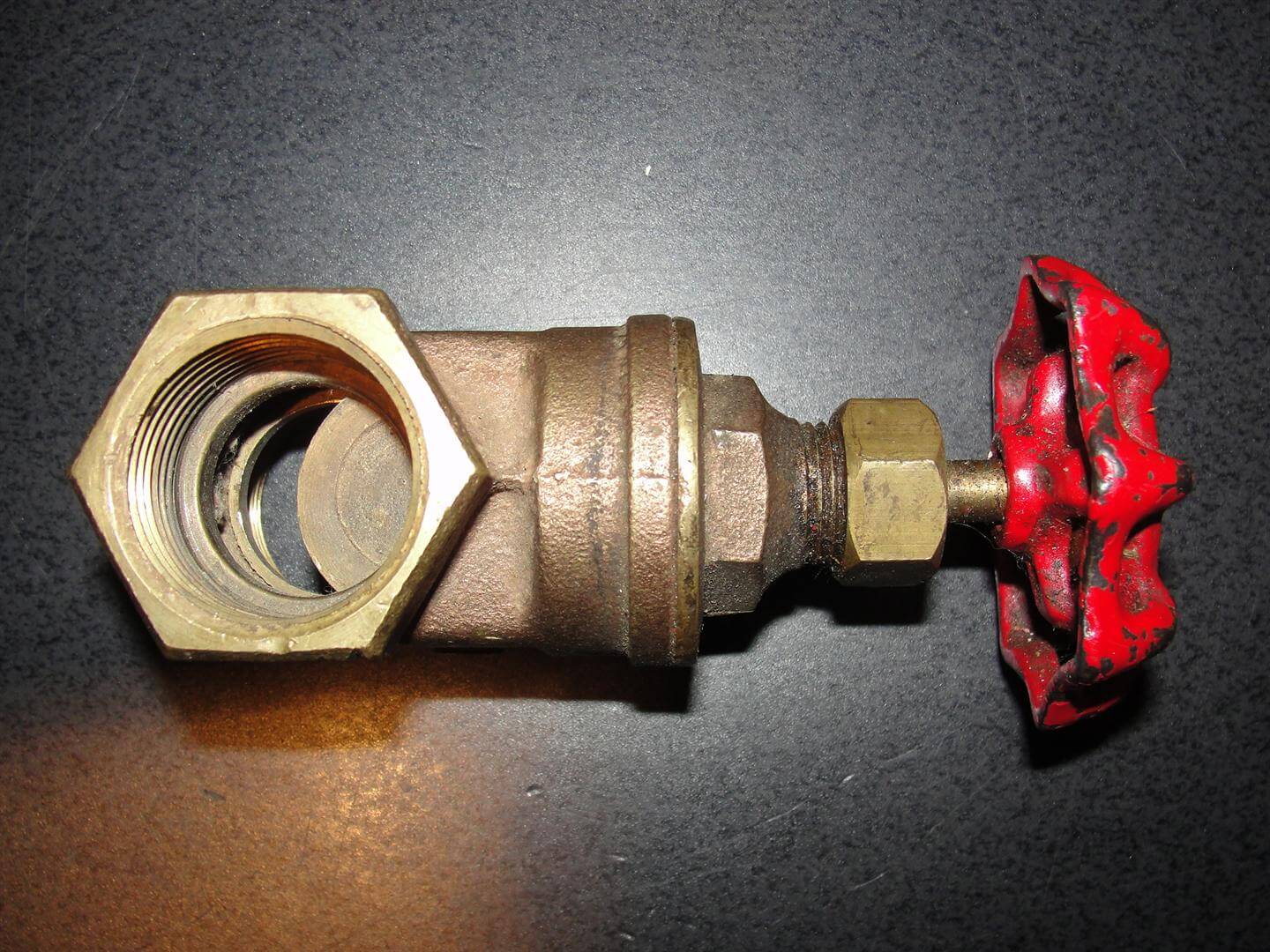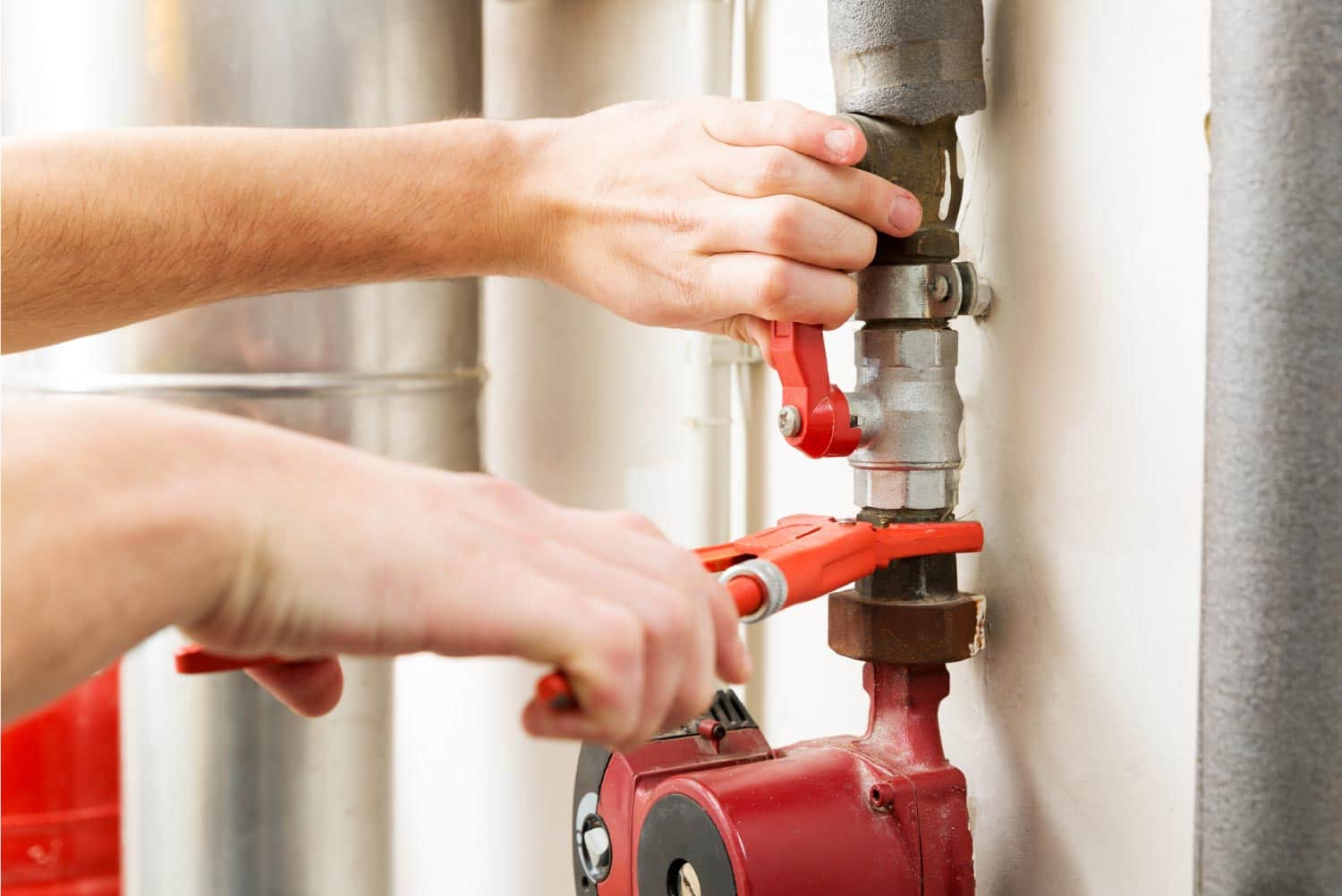The author is making a number of good points relating to 3 Simple Strategies to Prevent Damage from Showers and Storms overall in this article down the page.

The plumbing system of your residence is an intricate network of pipes and also shut-off shutoffs. The last is utilized to control the water's flow right into the pipes throughout the whole home. In case of an emergency, you can cut the water using the shutoffs. This avoids comprehensive water damage from happening.
Why Must I Bother with This?
Your restroom sink is damaged, so you can readily discover the shut-off shutoff under the sink. For major leaks, you need to close the mainline shut-off valve.
Recognizing how to do this is vital in an emergency. The longer you wait to shut the shut-off shutoff, the extra extensive the damage will certainly be. Besides, you may not have enough time to determine exactly how to close the shutoffs when you're worrying among an emergency. Discovering it currently is the best thing so you can remain calm under pressure.
What Does the Shut-Off Valve Appear Like?
This is normally a handle that allows you to switch off the water for a specific home appliance, a local location (for example the whole second floor), or for the entire residential property. It is vital to know where these valves are, so when something appear in any type of location of your house, you can shut it today. This will certainly aid you stay clear of significant water damage that will cost thousands to repair.
Where are These Found?
It may be challenging to find them, particularly if your home allows. Your best option is to call a water reconstruction solutions firm for advice. If you have a fairly moderate-sized house, try looking for a knob or lever. This is generally situated in the adhering to areas:
Normally, building contractors install the valves near or within the main, ground-floor restrooms. The shutoffs are intended to be noticeable, some select to camouflage them for aesthetic reasons.
When to Call an Expert?
Must the abovementioned hold true for your localized valves, you have nothing else option but to turn off the major water line, cutting the resource of water in your entire home. After that call the plumber to evaluate the problem and also turned off the shutoff because area just so you can make use of the rest of the plumbing in various other locations of your home.
Bear in mind, these shutoffs are lifesavers and also crucial for any kind of plumbing fixing. In the occasion of a plumbing emergency, closed down these shutoffs to protect against complications that call a reliable water damage restoration service provider.
The plumbing system of your home is an elaborate network of pipes and shut-off valves. In the event of an emergency, you can cut the water using the shutoffs. The longer you wait to shut the shut-off shutoff, the a lot more substantial the damage will be. It is important to understand where these valves are, so when something crops up in any location of your house, you can close it right away. In the event of a plumbing emergency, closed down these shutoffs to stop issues that call a reputable water damages restoration supplier.
How Do I Find My Water Shut Off Valve?
Check inside your house first. If your home has a basement or crawlspace, the shut off valve is probably located on a wall near the front of your house. If your home is built on a slab, check in the garage or near the water heater for the shut off valve.
Next, check outside your house. If the water main shut off valve is located outside, it will be buried underground near the street. Look for a round or rectangular metal cover flush with the grass or sidewalk. It might be labeled “water meter” to help you identify it. Under this cover is the water shut off valve.
How to Turn Off the Main Water Line
If the valve is located inside, turn it clockwise to shut off the water supply to your home. You shouldn’t require any tools – simply turn the valve by hand.
If the valve is located outside, you may need special tools to open the water meter cover. In most cases, a pentagon socket wrench is required to remove a security bolt holding the cover in place. If the bolt isn’t recessed, you may be able to turn it with a simple pair of pliers. Some covers feature a “key hole” that can only be opened with a meter key. Then, other covers lift off with no tools needed – just give the lid a twist.
With the cover removed, look inside and locate the residential water supply shut off valve (the one positioned closest to your house). Turning off the valve requires special tools. Most likely, you’ll need a meter key. If there’s room, you can probably twist the valve with an adjustable wrench. Your underground valve may look as though it could be turned by hand, but if it hasn’t moved in years, don’t count on it.
Whatever tools you use, turn the shut off valve clockwise all the way to bring the water flow to a standstill.
How to Shut Off Other Water Valves
When minor plumbing problems strike, you don’t need to shut off the water to the whole house –simply turn the valve behind the appliance or fixture that’s giving you trouble. The primary water shut off valves you should know about are located:
Behind the washing machine: If the washer hose starts leaking or the appliance overflows, limit water damage by pulling the unit away from the wall and turning the shut off valve behind it clockwise.
By the toilet: Whether your toilet is overflowing or you need to replace a leaky flapper, stop the flow of water by turning the shut off valve (located on the wall behind the toilet) clockwise.
Under the sink: Before you repair or replace a faucet, turn off the water supply. You’ve got the hang of it now – twist the water shut off valve under the sink clockwise.
https://www.mrrooter.com/about/blog/2017/february/how-do-i-find-my-water-shut-off-valve-/

We hope you enjoyed reading our article on 3 Efficient Tips to Guard Your Home from Showers and Storms. Thanks a ton for finding the time to browse our blog. I beg you set aside a second to distribute this article if you liked it. We treasure reading our article about 3 Ways to Defend Your Home for Possible Water Damage.
Customer Reviews